
As a non-fiction author, here’s an example of how we can repurpose our content in multiple ways.
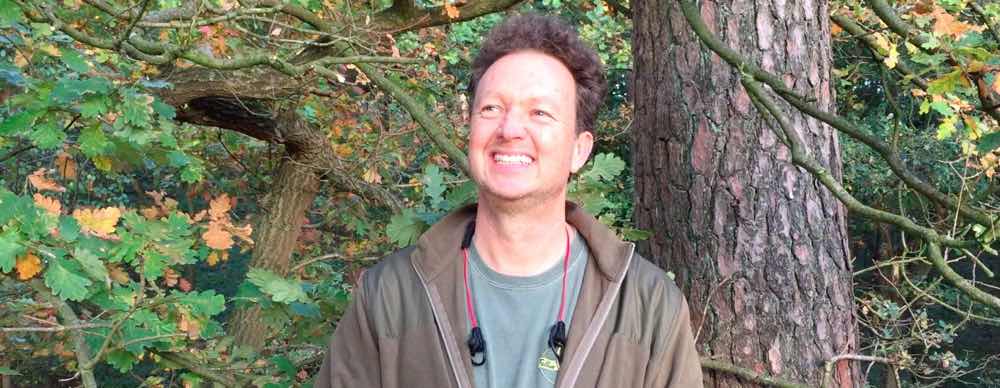
We have great content. How can we use it most efficiently and effectively?
I have a book coming out next week. Lots of content in there. Let’s see, what can we do with it?
- I have a chapter of my upcoming book.
- I have a speech to give this Friday at my Toastmasters meeting.
- Gee, what if I turned my chapter into a speech?
Let’s give that a go.
Here are some uncut (and pretty terrible) practice runs practicing for the presentation. It’s supposed to be from 5 to 7 minutes long and can be on any topic. I titled my speech, “The school uniform and unleashing massive brain power.”
I’ll paste my draft of the text below.
Take One
Take Two
Take Three
Take Four
Take Five
Take Six
Take Seven
Take Eight
Toastmasters Speech
Toastmasters Speech Evaluation
The School Uniform and Releasing Trapped Energy
“Creativity is piercing the mundane to find the marvelous.” — Bill Moyers
[Opening scene: Bradley wondering, looking into the clothes closet, trying to figure out what to wear.]
“Let’s see, maybe the blue jeans and the white shirt. Brown belt, brown shoes.”
“No, maybe the dark trousers and the pink button down.”
“Oh, I got it. The beige pants and the white polo. That’s the one.”
Unless you’re a kid who goes to a school where they require you to wear the same exact uniform every single day, you probably have a decision to make on a morning-by-morning basis.
Those kids, however much they dislike the white polo shirt and khaki pants for the boys and a pleated long skirt for the girls, have one big decision less to make every morning.
In fact, they don’t even think about it anymore.
It’s now ingrained in them to not make a decision because that decision was already made for them and will be made for them as long as they’re at that school.
Let’s say they’re at that school 4 years. With an average of 180 days of school per year multiplied by 4 years, that’s 720 decisions they don’t have to make. 720 decisions times 3 minutes is 2,160 minutes or 36 hours.
36 hours of brain free time. 36 hours where their minds, their neurons, are freed up work, to play, to decide on more important matters.
In reality, we know that it’s not just in the morning, but for some, there is then space freed up the night before. The agony, the back and forth, uncertainty, doubt, the … what is Emily going to wear? If I wear the blue jeans with the black shoes and the yellow shirt … didn’t I wear that last week?
Misery. Agony. Despair.
All gone.
Former president Barack Obama said, “You’ll see I wear only gray or blue suits. I’m trying to pare down decisions. I don’t want to make decisions about what I’m eating or wearing. Because I have too many other decisions to make.”
That free space in their brains will leave room for other decision-making power.
“The act of making a decision erodes your ability to make later decisions. Psychologists call it decision fatigue.” [FastCompany article, Feb. 12, 2014]
As we make decisions, even the smallest of them, our brain gets better at it. It’s a muscle. If we exercise it, it gets stronger.
It also realizes very soon when it doesn’t have to make the #1 decision and can more quickly get to #2.
Can you see where this is going?
After you’re dressed (which will be easy soon), breakfast has been decided on and you’ll be solving the economic crisis in Greece. By lunch, you’ll have so much extra brain power you’ll be asking your boss if she has any extra work for you today.
As your decision-making expertise grows, even the bigger decisions will become easier.
If the school uniform doesn’t do it for you, let’s list just a few that might get your attention:
- Lose weight
- Stop smoking
- Quit job
If every single morning, you didn’t have to decide whether or not you were going to continue on your weight loss regimen, you would have that much more room in your mind to, for example, think about new ways to make it happen faster.
What then happens is a snowball effect where all of the little decisions get caught up in the big decision. In other words, once you decide, truly decide and stick with that decision, all of the related decisions fall into line.
Which yogurt do I buy at the store? (Easy: the less calorie one.)
Do I drive or bike to work today? (Easy: bike.)
Do I buy new pants now or wait until I lose more weight? (Easy: wait, because now you know you’re going to lose the weight.)
Do you see the snowball effect? Do you see how one decision can be so powerful, like a ripple in the lake or a shock wave in space, to have an effect on future decisions–and make them easier?
“But,” I hear you ask, “What if I’m not Barack Obama? What if I don’t go to a school where I have to wear a uniform? How can I too release the massive energy trapped in my brain?”
Here’s a little exercise to help you get better at decision making.
Think about something not very important that you go back and forth on. It should also be a decision that doesn’t have enormous consequences. In other words:
- NOT: Should I quit my job?
- NOT: Should I murder my little brother with a knife or with poison?
- NOT: Should I finally throw out my husband’s music collection?
No, no, no. Something simple. What’s been bugging you? What takes time and frustration on a daily basis? If it’s too daunting to think about changing some habit forever, make a decision that will last a single month, just 30 days. So no murdering little brothers. More along the lines of:
- Should I set my alarm clock half an hour earlier each day so that I can wake up and do exercise?
- Should I give up alcohol?
- Should I wear the black shoes I’ve been wanting to wear?
Even the simplest of decisions can release weight from your shoulders and bring lightness and clarity to your mind.
Make the decision tomorrow morning. Stick with it for a month. Keep Barack Obama in mind. Think of the school girls and boys who have brain power practically coming out of their ears because they are already one decision further in their day.
What will you do when your mind is freed up from all of the clutter? What will your imagination bring you? What gifts will your brain offer you now that you unshackled it from the chains of silly daily decisions?
Ah, the day when you look back and sigh at the energy and neurons you spent agonizing over the beige socks or the brown socks. How many hours of your life did you scuttle away? What might you have accomplished had you not been hemming and hawing over those socks?
Think about it.
Make the choice.
Decide.
My latest book is out next Wednesday, October 17. The subtitle is “There’s usually a choice. It’s usually yours.” The title of the book is: Decide.
I’m Bradley Charbonneau and I thank you.

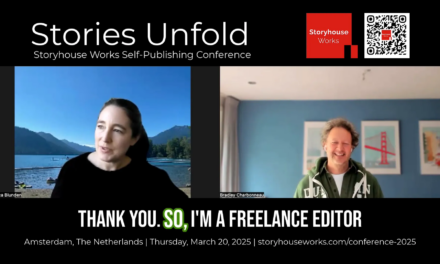
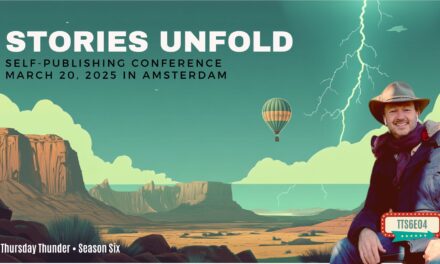
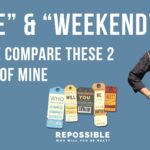


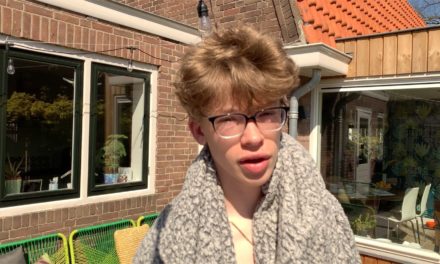
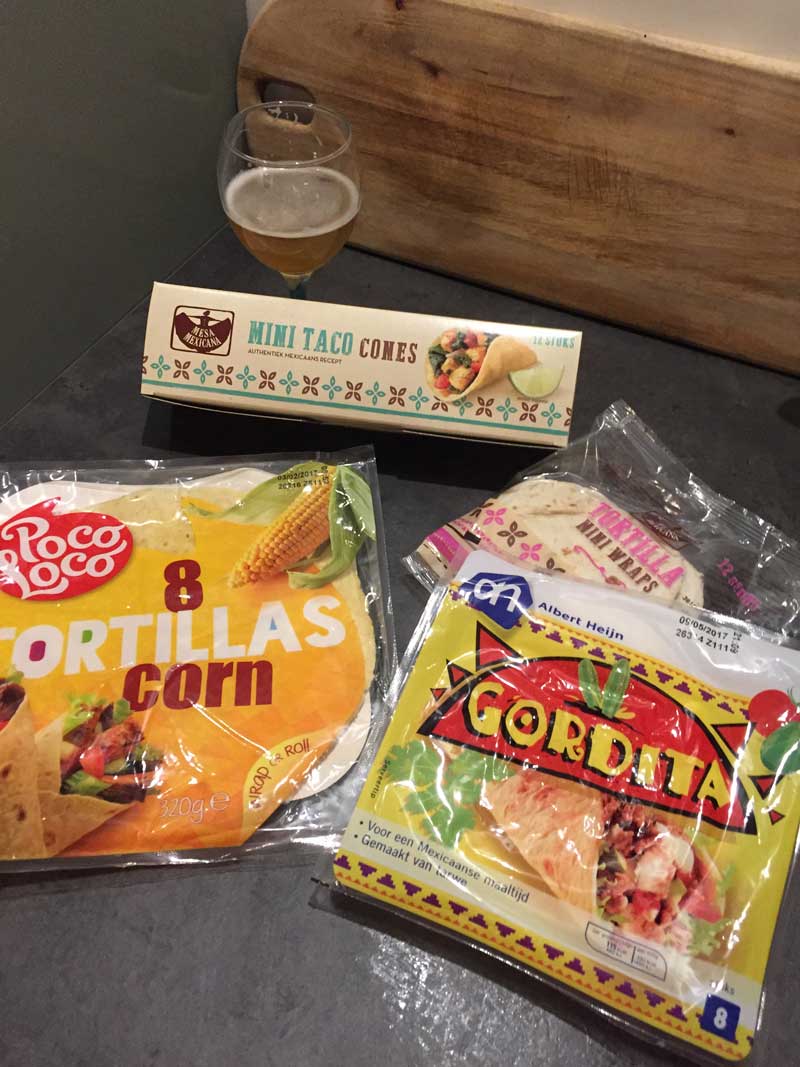


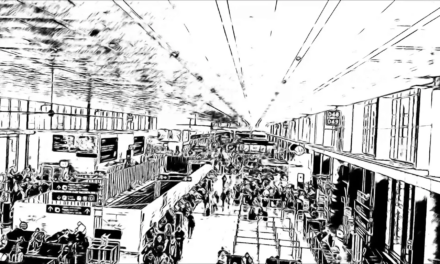
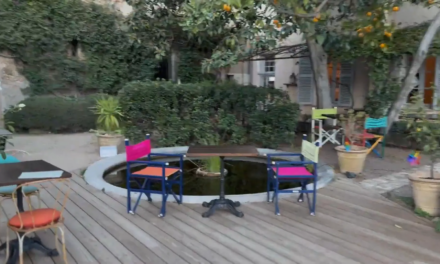





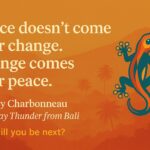
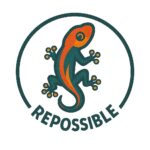


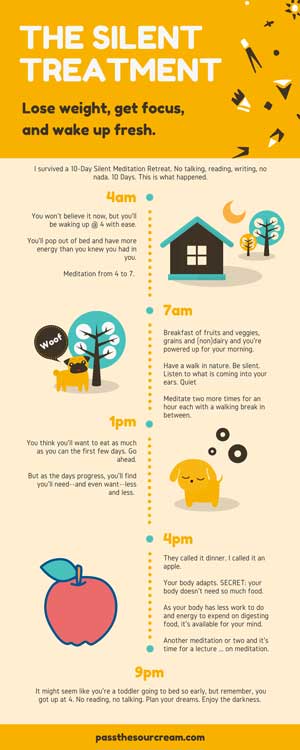
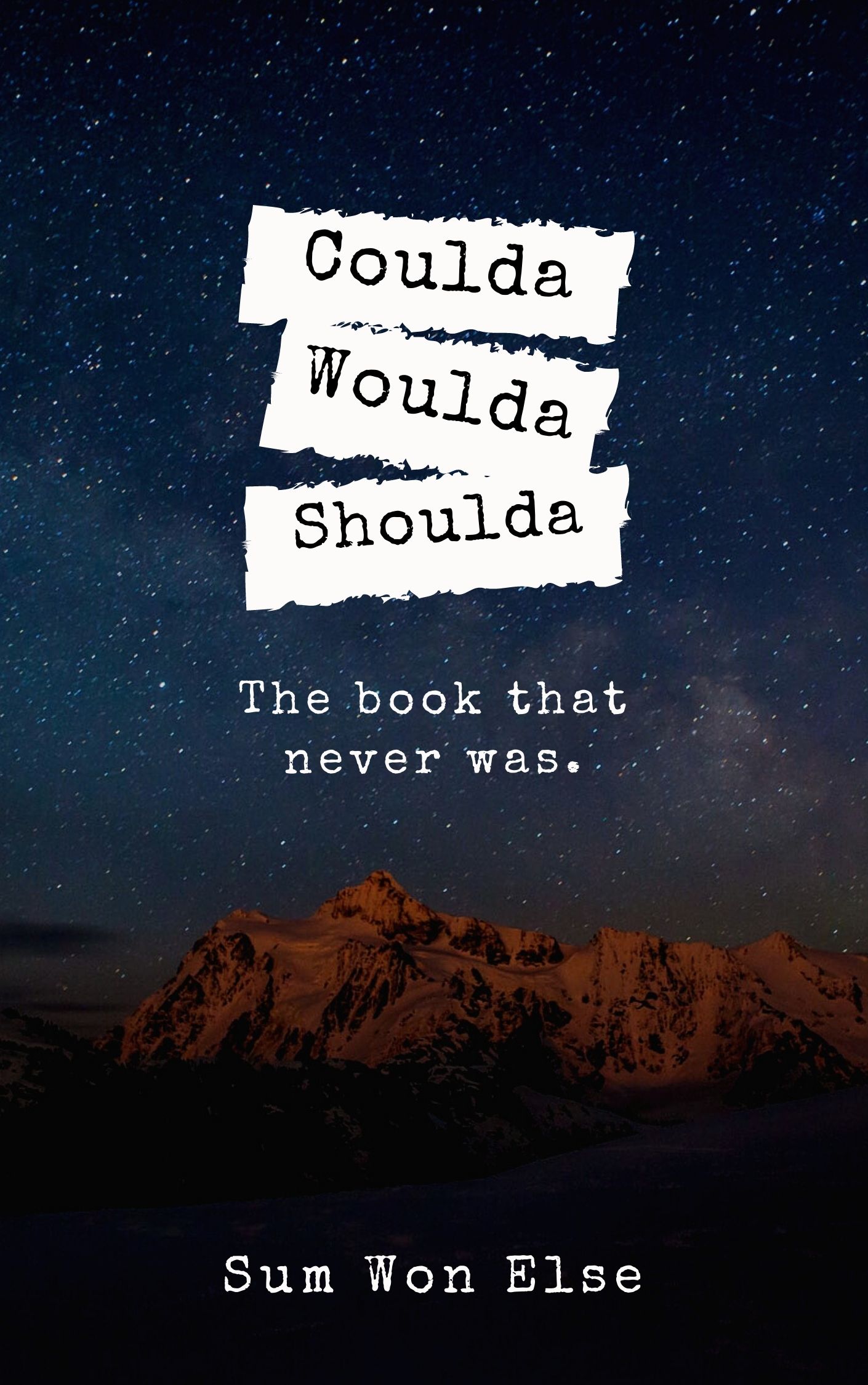

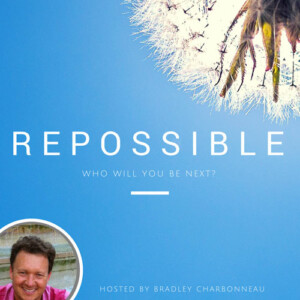




Trackbacks/Pingbacks